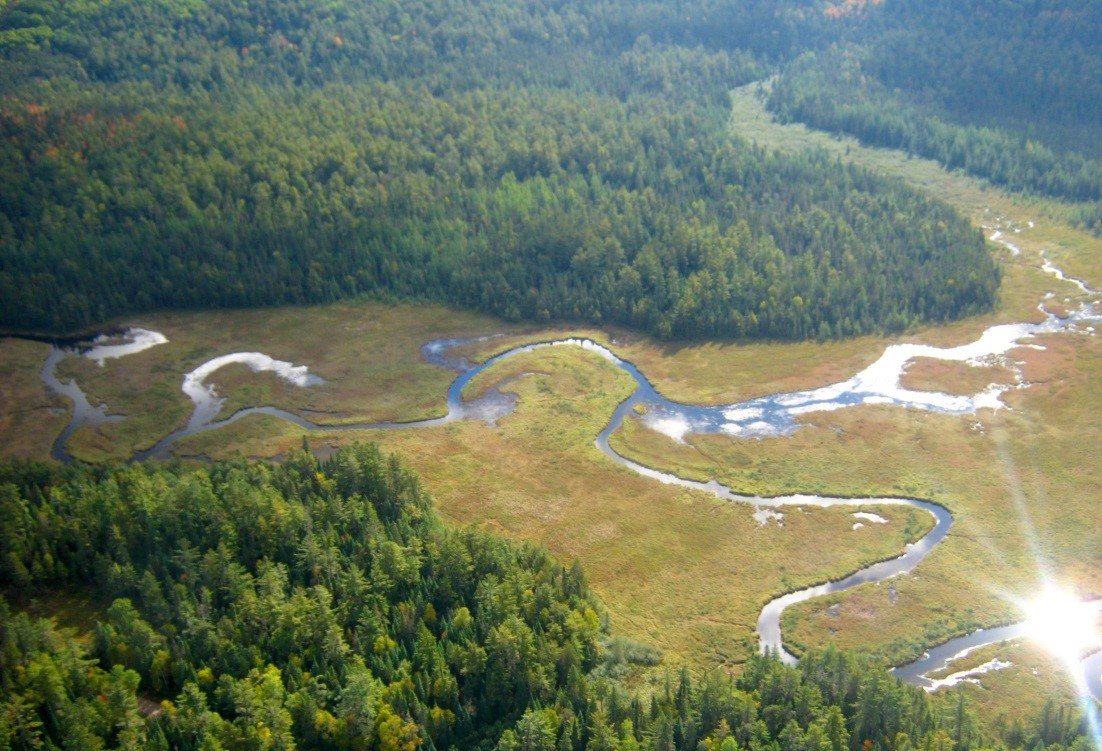Table of Contents
Ecological Integrity
What is Ecological Integrity?
Ecological Integrity (EI) is a fundamental concept of the Provincial Parks and Conservation Reserves Act. Maintaining ecological integrity is the guiding principle for all aspects of park management and planning, and where possible, opportunities to restore ecological integrity should be considered. This means that ecological integrity should be considered in every management decision for a provincial park, and wherever possible, actions should be taken that support a healthy and natural ecosystem.
The basic principles of Ecological Integrity are straightforward. An ecosystem has integrity when it has all of its parts (including plants, animals, and the physical environment typical of the region), and they are functioning naturally. Ecosystems are more than just the plants and animals living in them - the ways that plants and animals interact with each other and their environment (ecosystem processes) are important too. Basically, ecological integrity represents the ‘naturalness’ of an area.
The legal definition of ecological integrity is:
“Ecological integrity refers to a condition in which biotic and abiotic components of ecosystems and the composition and abundance of native species and biological communities are characteristic of their natural regions and rates of change and ecosystem processes are unimpeded”
In other words, ‘ecosystems have integrity when they have their mixture of living and non-living parts and the interactions between these parts are not disturbed by human activity’.
A goal for cottagers should be to maintain or restore aspects of Ecological Integrity on their lot, thereby contributing to the park’s overall Ecological Integrity.
For more information on ecological integrity, see: https://www.ontarioparks.com/ecologicalintegrity

Ecological integrity is a condition that includes natural abundances of biotic and abiotic ecosystem components, and allows ecosystem processes to function unimpeded. Photo: Alison Lake.